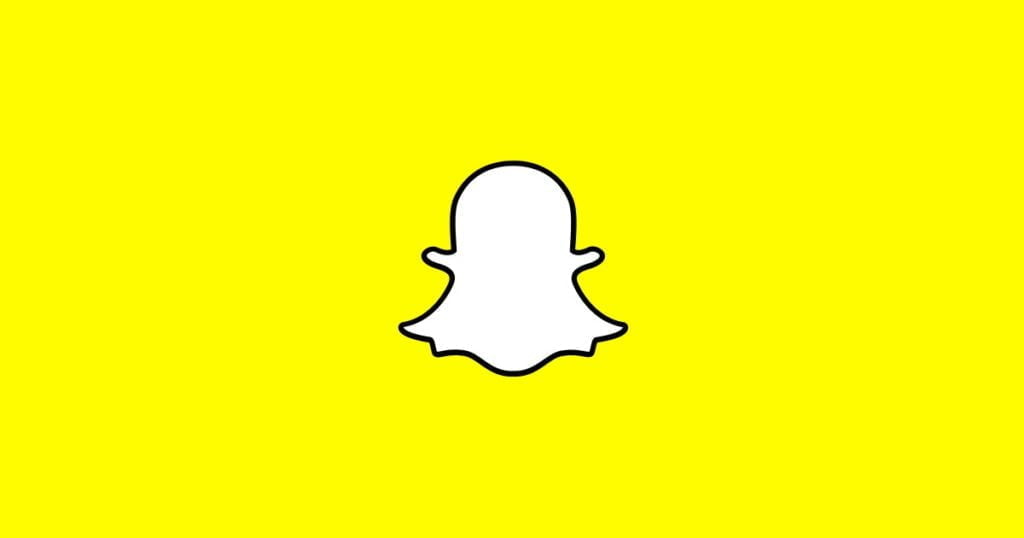After failing to live up to expectations in their first few earnings reports, analysts had been expecting more of the same from Snap for their Q4 numbers. But the formerly ephemeral content app surprised everyone with solid increases in both users and revenue – maybe not quite enough to say the app is fully back on track, and will be able to fend off continually increasing competition from Facebook, but the figures definitely show positive signs.
First off on users – Snapchat added 8.9 million more daily actives to take its total audience to 187 million.
Now, that’s still a far cry from Facebook’s billion plus daily users – or Instagram’s 500 million – but as noted by TechCrunch, Snap’s DAU growth rate of 18% year-over-year actually bests Facebook’s 14%. Of course, Facebook’s much closer to saturation point – you’d expect the smaller of the two would have better growth, but still, it’s a positive, particularly given Snapchat’s growth in previous quarters had many predicting it would become the next Twitter (forever compared, unfavorably, to Facebook on growth).
For additional comparison, Snapchat’s 187 million daily users would actually put it ahead of Twitter, which has an estimated 157m DAU. Twitter doesn’t release official DAU counts, but this estimate’s based on previous statements – Twitter’s official MAU count currently sits at 330m.
Neither Pinterest nor LinkedIn publish official DAU numbers either, making direct comparison difficult, but Pinterest’s 200 million MAU would suggest that it would fairly clearly trail Snapchat in daily usage (based on percentage estimates), while LinkedIn’s DAU count is estimated by some to be as low as 125 million.
If the negative views around Snapchat’s growth in previous quarters had you thinking it may not last, this latest boost should provide some perspective. No, Snapchat’s not going to beat Facebook, but it looks to have more staying power than broader industry chatter may suggest.
In terms of regional growth, Snapchat grew by 3m users in all regions – which is particularly positive in Europe, where it added a total of zero new users back in Q3.
Part of that growth has been improvements in the app’s operating system, enabling it to run better on more devices – in the accompanying earnings call, CEO Evan Spiegel noted that they’d made significant improvements to the app’s Android performance, which the company had long neglected.
The story was equally positive on the revenue side – Snap posted a result of $285.7 million for the quarter, beating analyst estimates of $252 million.
But even more positive for the company, their average revenue per user stats show significant increases all regions – almost doubling their ARPU in the ‘Rest of World’ segment – showing that Snap’s working out how to better monetize users on varying connections.
The company also revealed that some 90% of Snap Ads are now being purchased programmatically, reducing costs, while ad impressions were up 575% year-over-year, and 90% quarter-over-quarter.
Snap also released a new data set, showing the cost of revenue, which has also been questioned due to the app’s high data usage rates.
As the app continues to serve more users, the cost of that extra usage is slowing, another positive sign for the developing, and evolving, company.
Shares in Snap jumped on the news, with investors showing renewed confidence in Spiegel and his team.
One of the other big questions hanging over Snap at the moment is their coming re-design, which is intended to make the app more attractive to a broader audience set, but hasn’t exactly received the best reviews thus far. Snapchat says the redesign’s been rolled out to 40 million users, with people in Australia, Canada and the UK among the first to get it. They’ll continue to iterate and expand the rollout based on user feedback.
Also, on Spectacles – on the earnings call, Snap noted that they don’t think the product will ‘annualize’. Make of that what you will.
In other notes, Snapchat says it expects to open up its Promoted Stories ad format to all advertisers “in the coming weeks,” and they confirmed that they’re investigating new and improved ways to embed Snap content outside the app itself, boosting exposure potential.
The results will provide a moment of relief for the app, which, as noted, had come under increased pressure from Facebook, with Instagram Stories, in particular, taking the lead in what, originally, was Snapchat’s game. But recently released figures showed that while Stories use on Snapchat is slowing, messaging continues to rise, and various surveys have underlined that despite the growth of Instagram, Snapchat remains the app of choice for teens and younger users.
Monetizing that audience is key, which is more difficult within private messaging – but these numbers show that Snapchat is working it out, while the re-designed app may assist in providing more opportunities to serve ads to users in the areas where they’re spending most of their time.
There are still a lot of gambles within that – as noted, much of the feedback on the redesign thus far has been negative – but the better than expected numbers show, in some ways, that Snap is growing up and learning to become an actual business. That’s the key turning point for all social platforms – Facebook has obviously done this very well, while Twitter, not so much.
Can Snap continue to build on that momentum and turn their hold on attention into a money-making machine?
As noted, there are many variables, but today’s signs are positive.

